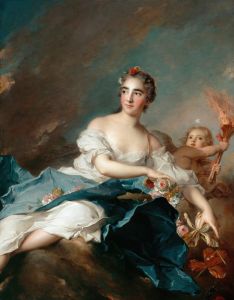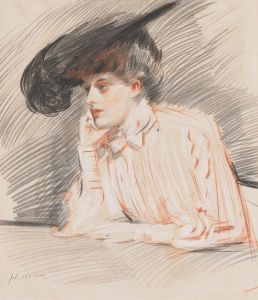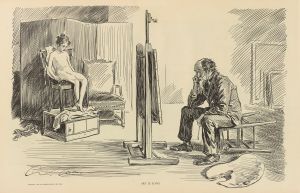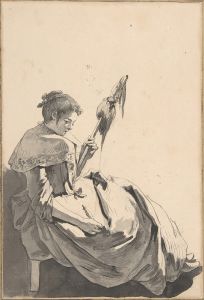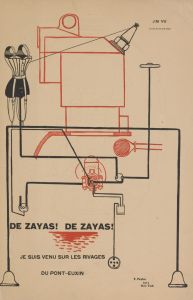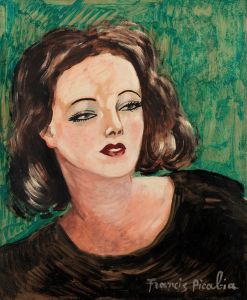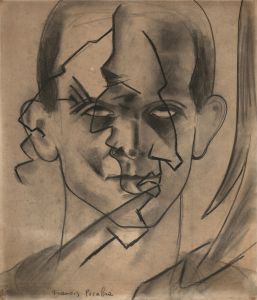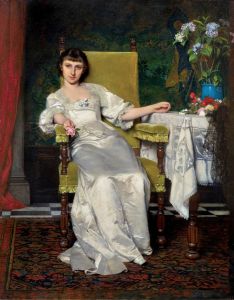
Portrait de Femme
A hand-painted replica of Francis Picabia’s masterpiece Portrait de Femme, meticulously crafted by professional artists to capture the true essence of the original. Each piece is created with museum-quality canvas and rare mineral pigments, carefully painted by experienced artists with delicate brushstrokes and rich, layered colors to perfectly recreate the texture of the original artwork. Unlike machine-printed reproductions, this hand-painted version brings the painting to life, infused with the artist’s emotions and skill in every stroke. Whether for personal collection or home decoration, it instantly elevates the artistic atmosphere of any space.
Francis Picabia, a French avant-garde painter, is known for his diverse body of work that spans several art movements, including Impressionism, Cubism, Dada, and Surrealism. One of his notable works is "Portrait de Femme," which exemplifies his innovative approach to art and his ability to transcend traditional boundaries.
"Portrait de Femme" is a painting that reflects Picabia's exploration of form and abstraction. While specific details about the creation date and the subject of this particular painting are not widely documented, it is consistent with Picabia's style during his involvement with the Dada movement. Dada was an art movement of the European avant-garde in the early 20th century, characterized by its anti-establishment ethos and its embrace of chaos and irrationality as a response to the horrors of World War I.
Picabia's work during the Dada period often included mechanomorphic imagery, where human forms were depicted with mechanical elements. This approach was a critique of the industrial age and a commentary on the mechanization of society. "Portrait de Femme" may incorporate such elements, blending human and machine-like features to challenge traditional notions of portraiture and identity.
Throughout his career, Picabia was known for his willingness to experiment and his refusal to be confined to a single style or movement. This is evident in "Portrait de Femme," where he likely employed a combination of techniques and influences. His work often featured bold colors, dynamic compositions, and a playful yet critical engagement with contemporary culture.
Picabia's contribution to modern art extends beyond his paintings. He was also a writer, poet, and editor, contributing to the Dada journal "391," which he founded. His interdisciplinary approach and his collaborations with other avant-garde artists, such as Marcel Duchamp and Man Ray, positioned him as a central figure in the development of 20th-century art.
"Portrait de Femme" is a testament to Picabia's innovative spirit and his ability to challenge and redefine artistic conventions. While specific details about the painting's provenance or its current location may not be readily available, it remains an important piece within Picabia's oeuvre, illustrating his dynamic approach to portraiture and his engagement with the cultural and technological changes of his time.
In summary, "Portrait de Femme" by Francis Picabia is a reflection of the artist's avant-garde sensibilities and his contribution to the Dada movement. It showcases his ability to blend human and mechanical elements, challenging traditional artistic norms and offering a unique perspective on identity and modernity. As with much of Picabia's work, it invites viewers to reconsider the boundaries between art, technology, and society.





